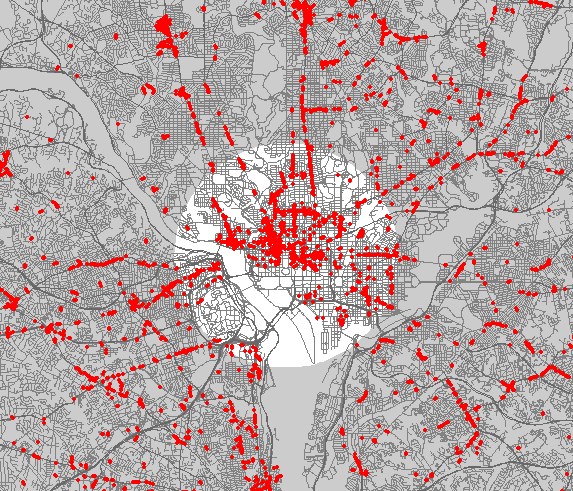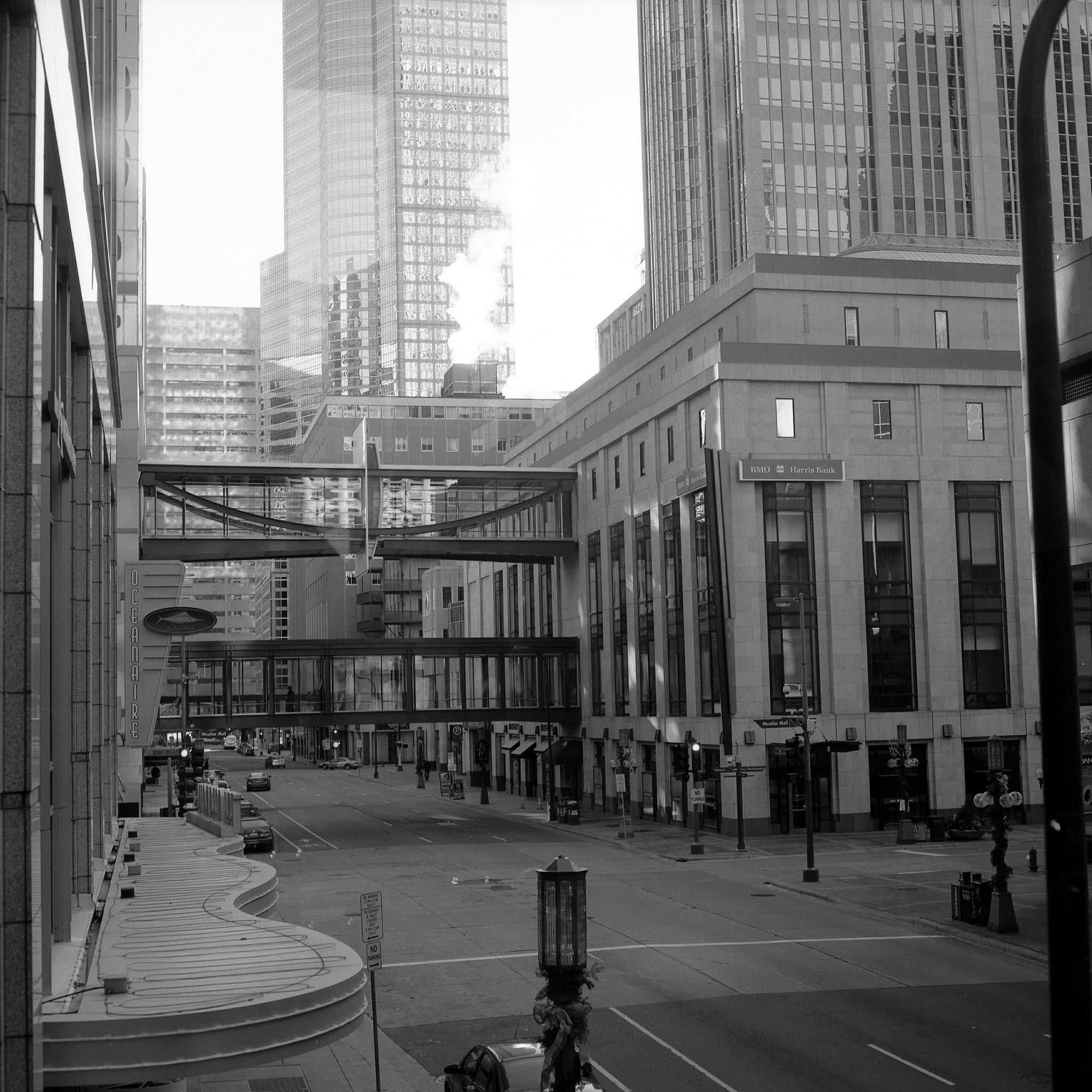For us at City Observatory, one of the most interesting (and fun) parts of our work comes after we’ve finished a Commentary or Report, and we get to watch others react and respond to its findings and arguments. “The Storefront Index,” the report on urban customer-facing business clusters that we released last month, is a great example.
At the Washington Post, Emily Badger focused on what the report had to say about cities as “centers of consumption,” and how a wide diversity of amenities and choices—from different types of clothes to niche bookstores and restaurants that cater both to immigrants from a particular country, province, or even city, as well as interested eaters from everywhere else—are key to the appeal of large urban areas. Badger also noted that the report could help show inequities in urban amenities, pointing out how spare businesses appeared in the Anacostia section of Washington, DC, compared to the rest of the metropolitan core.

PlanPhilly, in turn, underscored the importance of zoning laws in shaping urban retail districts, arguing that the Storefront maps help “uncover where commercial corridors ‘want’ to expand, and where land use could be more supportive of this.”
Streets.mn wondered what sort of effect Minneapolis’ famous (or infamous) skyways have on the relationship between “storefront” businesses and urban vitality. If a shop or restaurant is in a skyway, and inaccessible from the street, does that take away from a city’s public life—from Jacobs’ “sidewalk ballet”?

And Clevescene.com saw the Storefront Index as evidence of Cleveland’s “downtown business boom.”
For many local outlets, the report was a chance to reflect on their city’s relative standing in terms of urban core retail outlets, whether that was good news (as in Portland, DC, and LA), or not so good news (as in Detroit and Orlando). And Houston’s Swamplot blog eschewed inter-city comparisons to look at which parts of their region were light on storefronts.
All in all, we’re pleased that so many people found the Storefront Index a useful and revealing tool for understanding their cities—and that many are already taking steps towards using it not just for diagnostics, but for its policy implications, from expanding commercial zoning in high-demand districts to questioning the importance of businesses on the street, and not separated in private spaces like skyways.
Have another reaction? Questions? Conclusions? Let us know.

